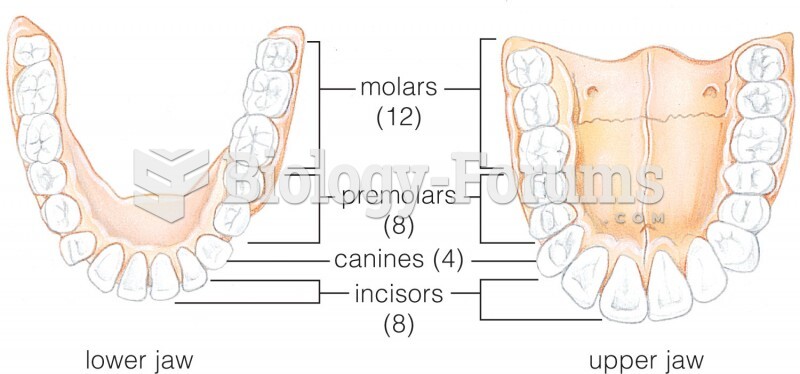Answer to Question 1
Nutrition Facts panels provide an impressive amount of nutrition information, but actually using this information to plan a diet can be somewhat challenging. For instance, a cereal box's Nutrition Facts panel may tell you how much vitamin C is in a serving of the cereal, but how do you know if that amount is a little or a lot? To help answer this question, Nutrition Facts panels include a standard called the DV, which gives consumers a benchmark as to whether a food is a good source of a particular nutrient. Most importantly, Daily Values allow consumers to compare one food to another quickly and easily.There are two basic types of DVs. The first type, used for select vitamins and minerals, represents a nutrient's recommended daily intake for a person who requires approximately 2,000 kcal/day. For example, vitamin C's DV is 60 milligrams/day. Thus, a cereal that provides 30 milligrams of vitamin C per serving fulfills half of the DV for vitamin C. The second type of DV represents a nutrient's upper limit: it presents a daily amount that one should try not to exceed. This type of DV is used for total fat, saturated fat, cholesterol, sodium, and total carbohydrates. For example, a packaged food can have the information that one serving of a particular cereal provides 2 percent of an average person's daily upper limit of total fat. If the food's package is big enough, actual upper limit DV amounts are provided in addition to percentages. For example, the Nutrition Facts panel may state that the saturated fat DV of a person who requires 2,000 kcal/day is 20 grams. In addition to understanding the daily requirements and upper limits of nutrients in a food, one can use DVs to determine whether a food is a good source of a particular nutrient. A food that provides less than 5 percent of a nutrient's DV is considered low in that nutrient. Conversely, a food that provides at least 20 percent of a nutrient's DV is high in that nutrient.
Answer to Question 2
An anthropometric measurement is defined as the measurement of a body's physical dimensions or composition. It assesses the physical dimensions, such as height, or composition, such as fat mass of the body. The Greek term anthropometry means literally to measure the human body. Because most anthropometric measurements are easy and inexpensive to conduct, anthropometry is routinely used in clinical and research environments. Even stepping on the scale to weigh yourself is an example of an anthropometric measurement. Anthropometric measurement cannot confirm deficiency of any particular essential nutrient, but it can give a clinician clues that nutritional inadequacies might be present. Because obesity can increase a person's risk of developing chronic degenerative diseases such as heart disease and type 2 diabetes, height and body weight are frequently used anthropometric measures. These measures can also provide important information about the progression of other diseases. For example, a significant loss of body weight might indicate an eating disorder. Height and weight are also commonly used to assess nutritional status during infancy, childhood, and pregnancy. Various circumferences, such as those of the waist, hips, and head, are also sometimes measured to assess health. Differences in waist and hip circumferences reflect variations in body fat distribution patterns, and head circumference is frequently measured to monitor brain growth during infancy.







